Thursday marked exactly 21 years since simultaneous referendums were held on Cyprus’ two sides over whether to reunite Cyprus under the Annan plan on April 24, 2004.
While an almost two-thirds majority of Turkish Cypriots voted in favour of the plan, over three quarters of Greek Cypriots voted against it, and as such, it was never implemented.
Cyprus remains divided and the Cyprus problem remains unsolved to this day, with subsequent efforts to solve the Cyprus problem also having borne no fruit.
Reaction to the referendum’s failure was mixed at time, with then-President Tassos Papadopoulos and Turkish Cypriot leader Rauf Denktash both having agreed that its rejection was in their interests.
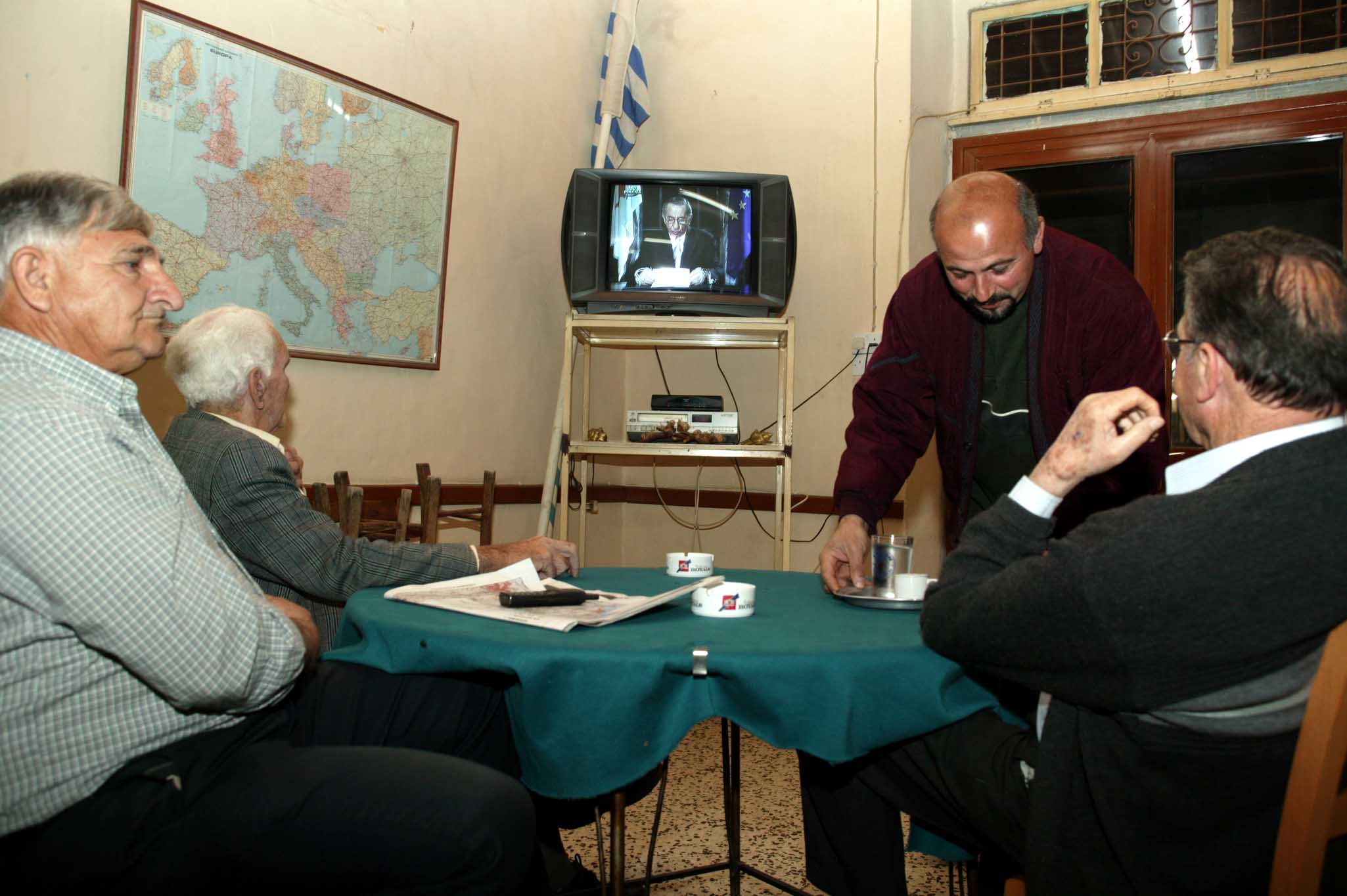
Papadopoulos insisted at the time that the Greek Cypriot electorate “are not turning their backs on their Turkish Cypriot compatriots”, but had “simply rejected this particular solution on offer”.
Denktash resisted calls for his immediate resignation, but announced only a few weeks later that he would not be standing for re-election in the following year’s Turkish Cypriot leadership elections.
Guarantor powers – the United Kingdom and Turkey – both expressed their disappointment at the result, while the Greek government said efforts to reunite the island “should not be halted”.
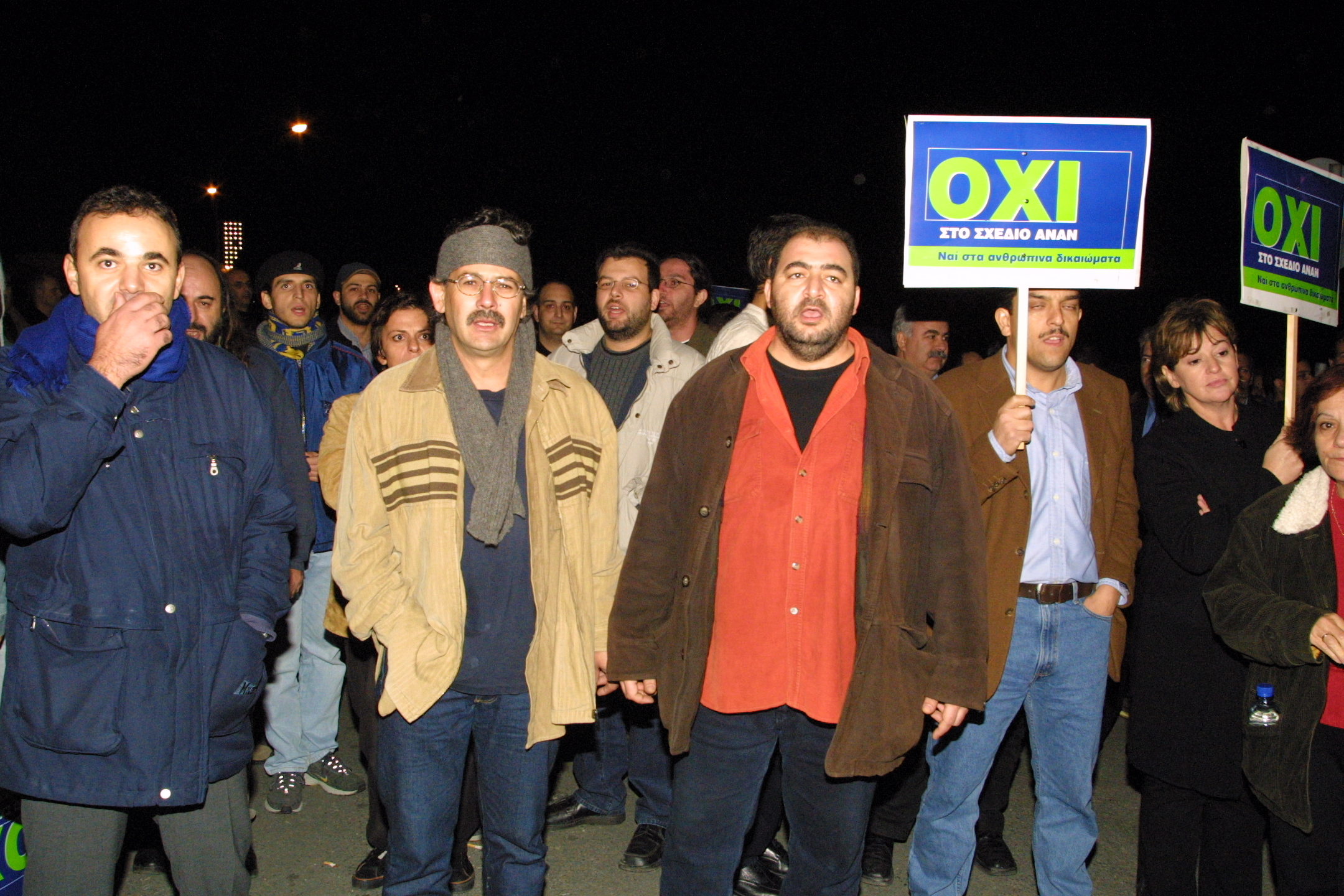
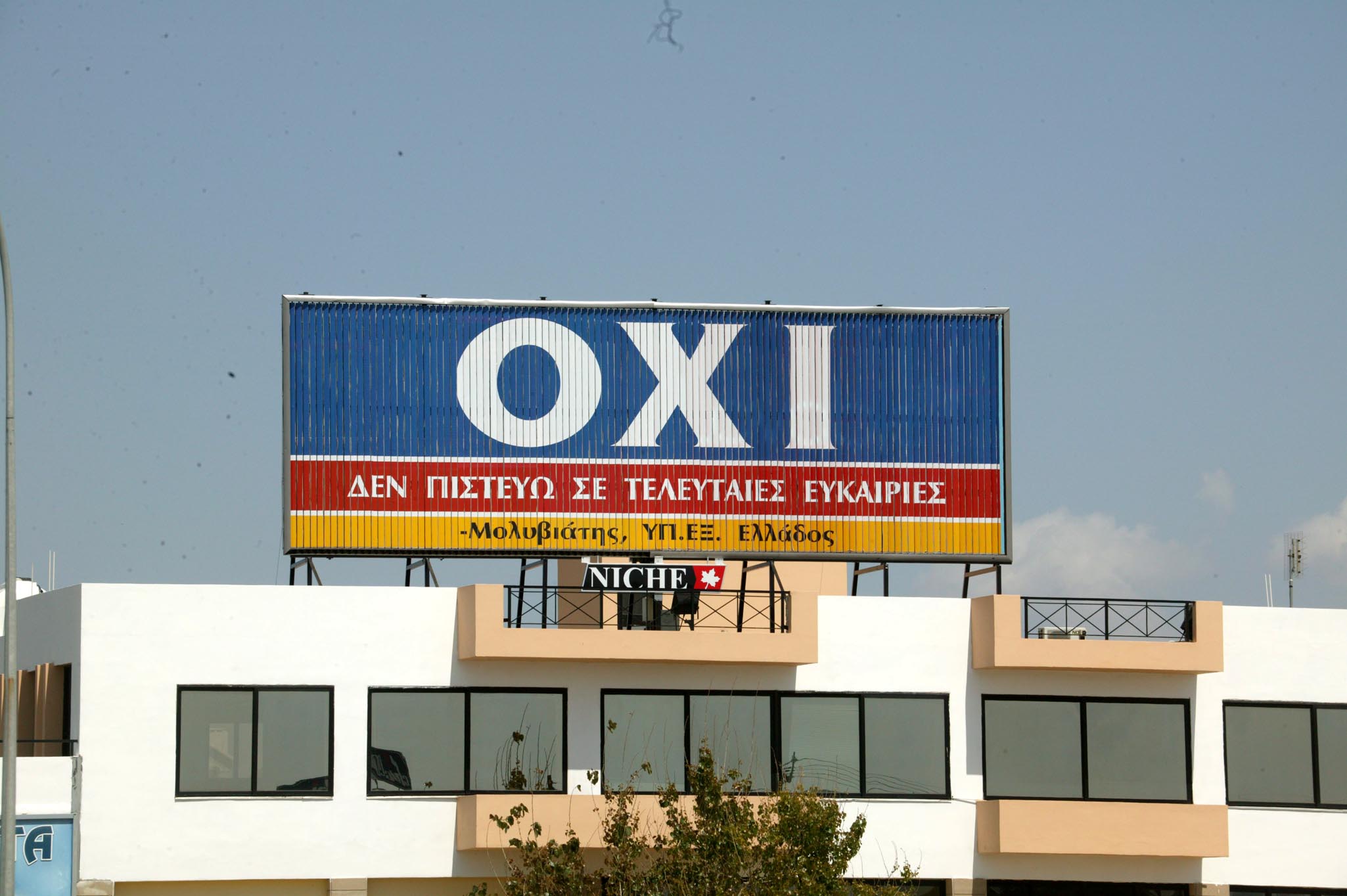
The United Nations were less than impressed at the referendum result, with then Secretary-General Kofi Annan, after whom the plan was named, saying “a unique and historic chance to resolve the Cyprus problem has been missed.”
Special envoy in Cyprus Alvaro de Soto said, “this evening, I’m biting my tongue.”
Then European Commissioner for enlargement Gunter Verheugen went further, saying, “I feel cheated by the Greek Cypriot government … There is a shadow now over the accession of Cyprus.” The Greek Cypriots still entered the EU on May 1, 2004.
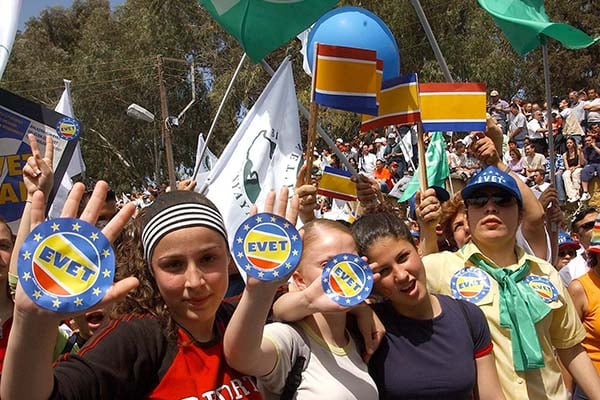
Earlier, Wednesday had marked exactly 22 years since the opening of the first crossing points between the island’s two sides on April 23, 2003, allowing members of the public to cross between the island’s two sides for the first time since 1974.
The first crossing point to open was the Ledra Palace crossing point in Nicosia, with the Ayios Dhometios crossing point, on the capital’s western edge, opening the following month.
Since then, a further seven crossing points have opened in various locations across the island.
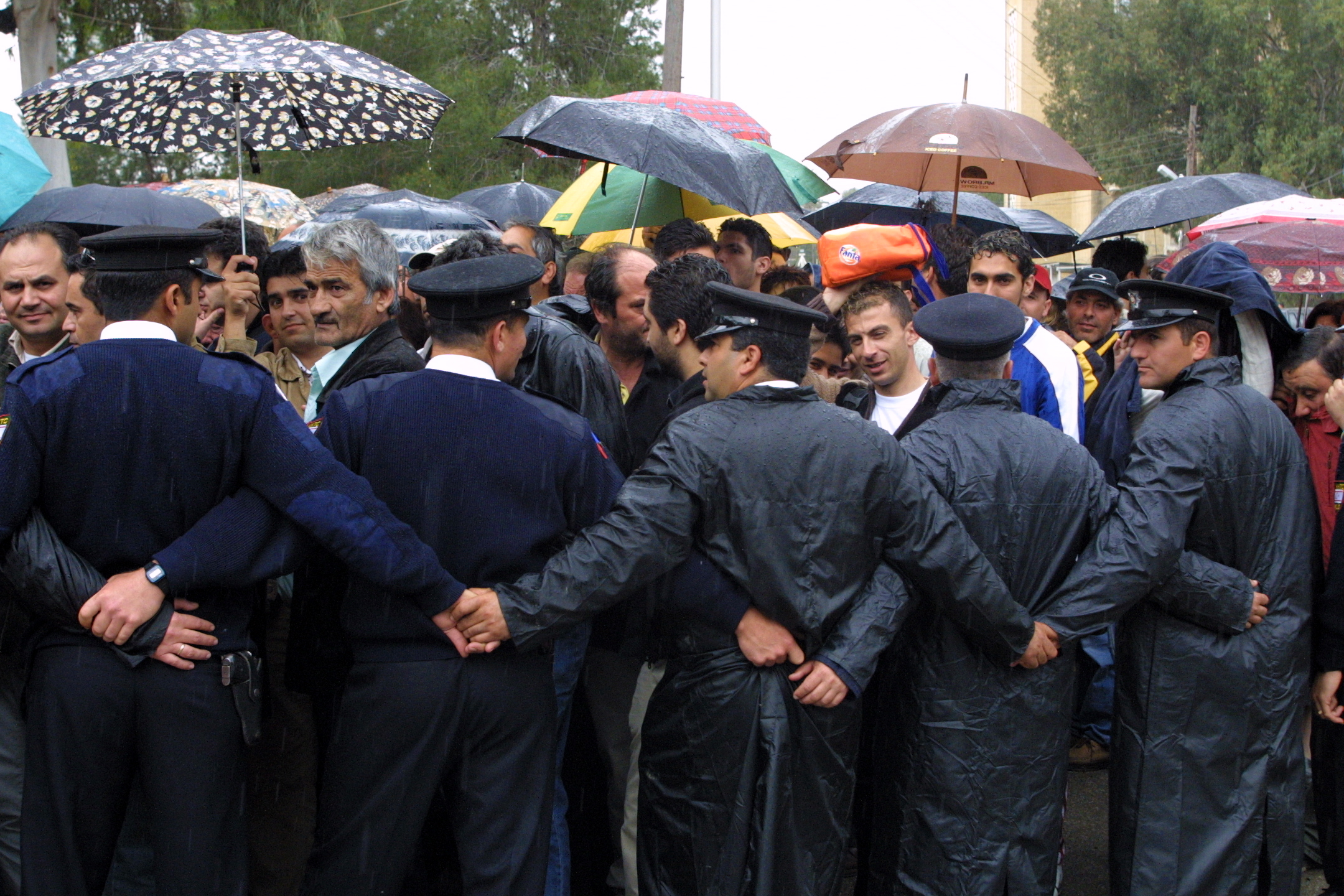
The opening of the first crossing point was a Turkish Cypriot initiative, with Serdar Denktash, the north’s ‘deputy prime minister’ at the time, having explained the process to news website Kibris Postasi in 2009.
“Gradually, the Greek Cypriot side started to become a myth, especially in the eyes of the younger generation. Everything was thought to be perfect and sparkling there. People who loved us, Greek Cypriot society was ready to embrace us,” he said.
“On the other hand, in our contacts with the Greek Cypriots, with politicians and with the public, there was a belief that the military was ruling us here at gunpoint. We were apparently living in an environment where we had to get permission to enter our villages, living in tents … After we had identified these two points, the necessity of opening the crossing points became a policy we would follow absolutely.”
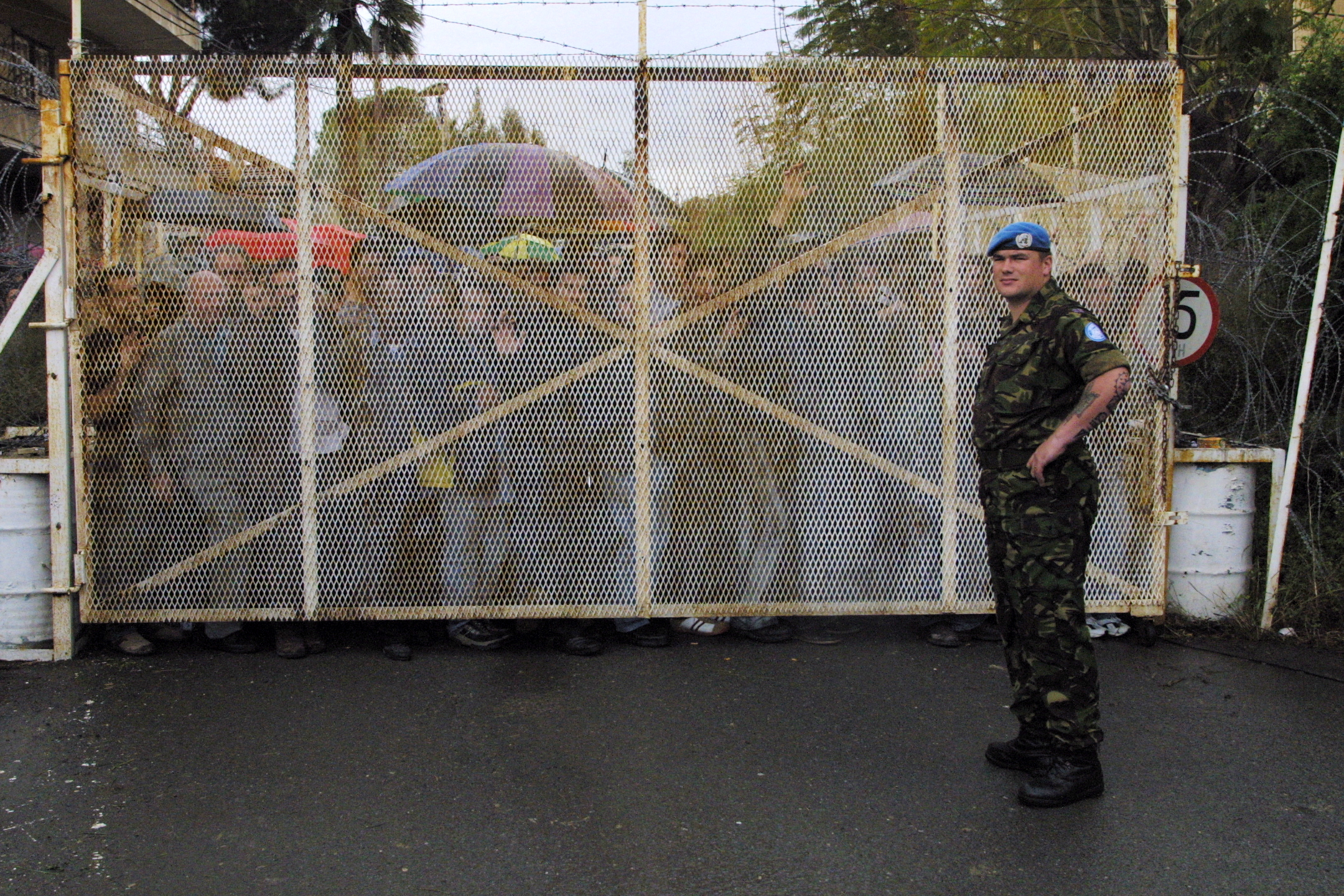
He said the next step was “explaining the necessity of this to Turkey”, which was quickly brought around to the idea, to the extent that when then Turkish foreign minister Abdullah Gul visited Cyprus in April 2003, he was the one advocating for crossing points to be opened while then ‘prime minister’ Dervish Eroglu and ‘foreign minister’ Tahsin Ertugruloglu argued against the idea.
The plan was eventually passed through the north’s cabinet, though then ‘transport minister’ and ‘government’ spokesman Salih Miroglu was, according to Denktash, so against the idea that he refused to announce the decision at the press conference held after the meeting.
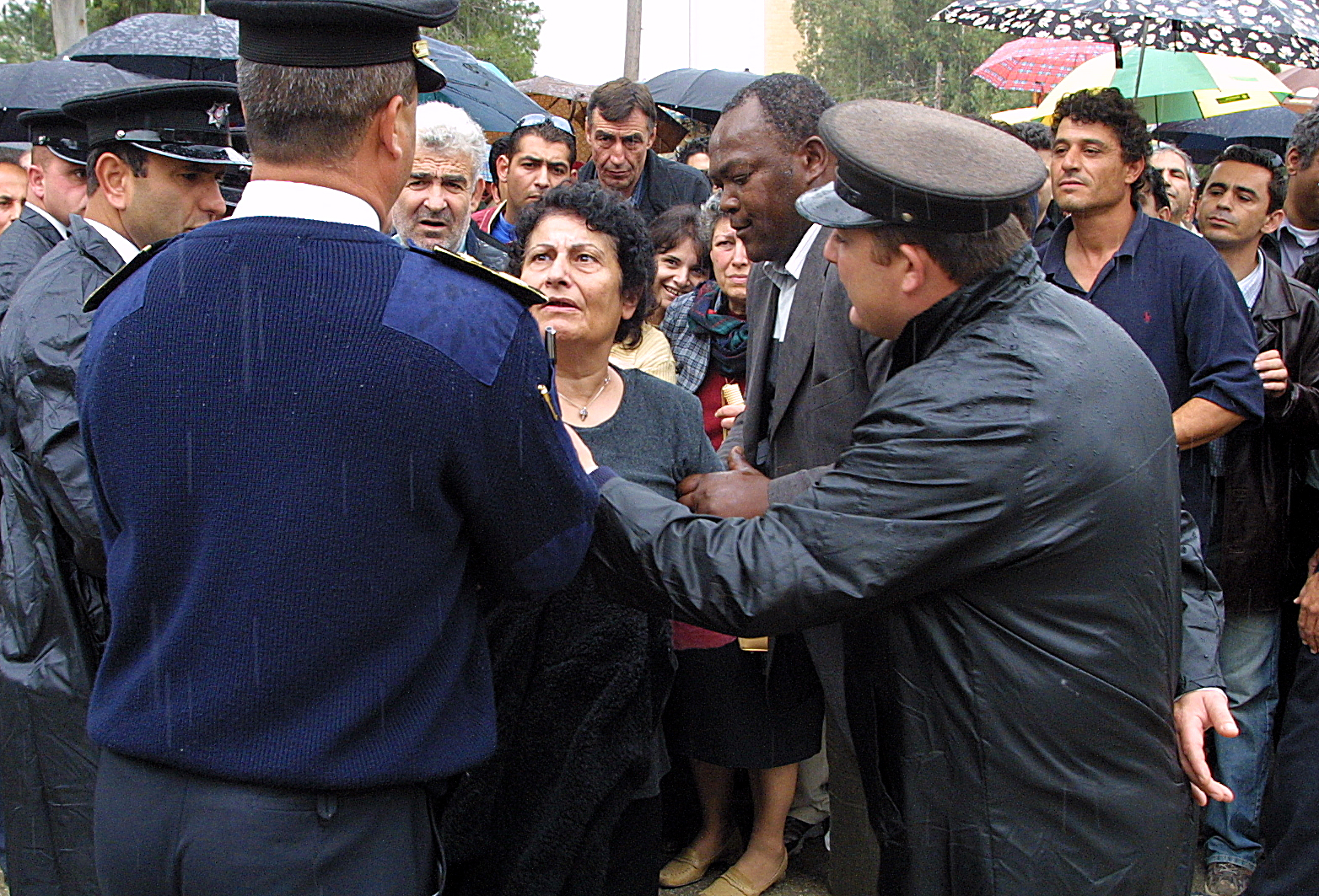
As such, Denktash said, he went and announced it himself with Miroglu stood next to him.
On the morning of April 23, he said, he received a call from a journalist at around 8.30am saying that the crossing points had not be opened, and asking, “what is going on? Has the decision been changed”.
He said he then immediately went to his father, late Turkish Cypriot leader Rauf Denktash’s official residence and said, “if we do not comply with our own cabinet’s decisions … not allowing the crossing points to be opened means we will say to the whole world that this people does not even have its own power”.
He said he had told his father, “I know the obstacle is the interior ministry because it does not look favourably on this incident”, and his father agreed, before calling the Turkish Cypriot police, the armed forces, the ‘interior ministry’, and Eroglu demanding that the matter “be resolved immediately”.
By around 9.30am, the first crossings had begun, and a piece of Cypriot history had been made.
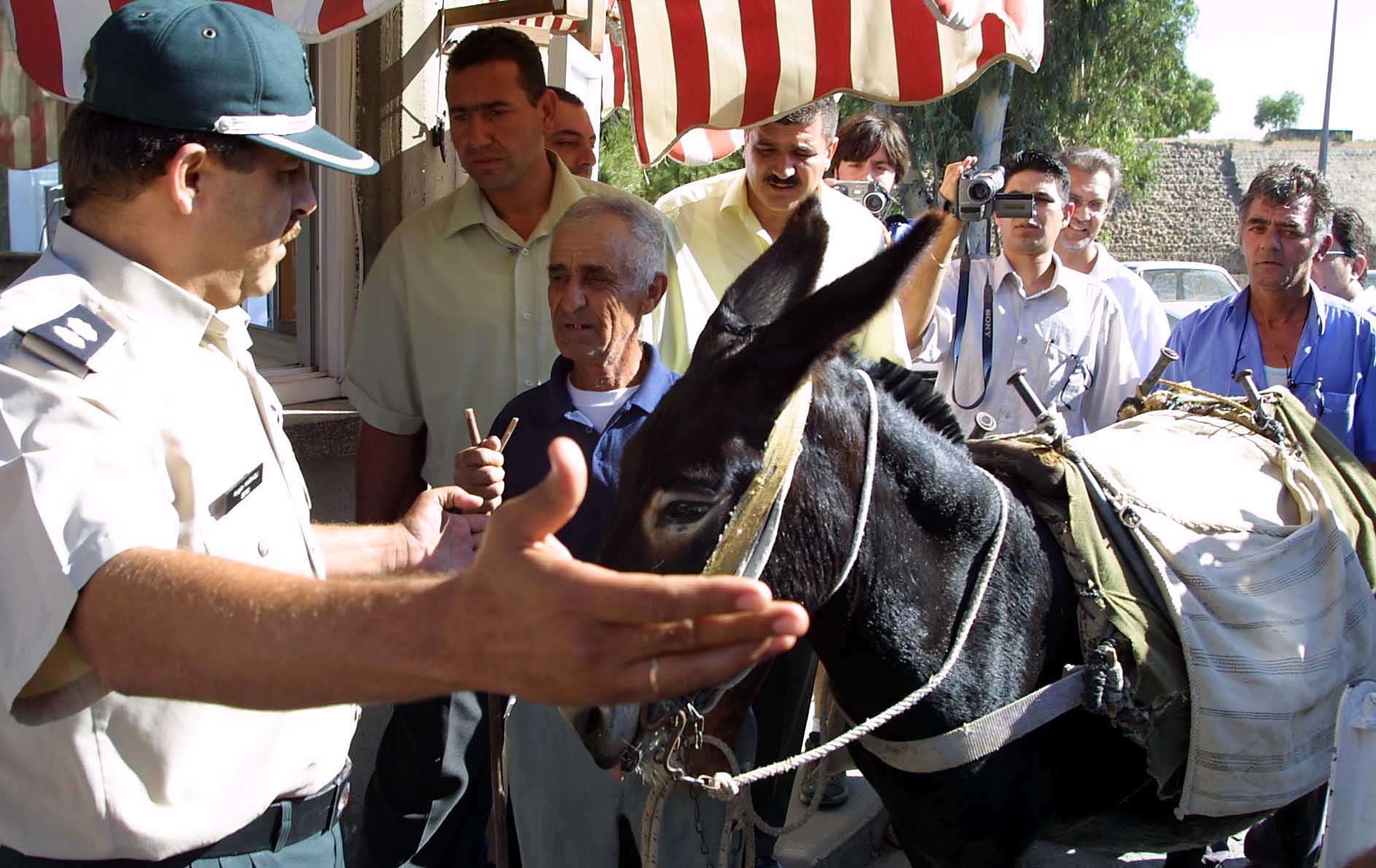

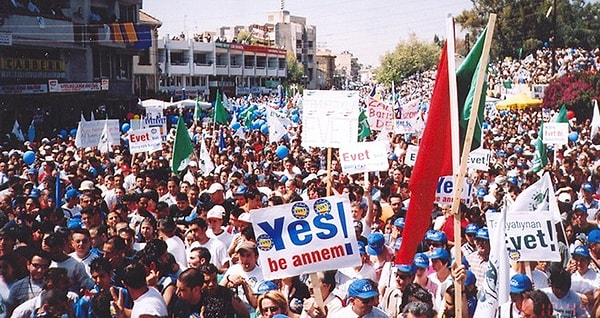
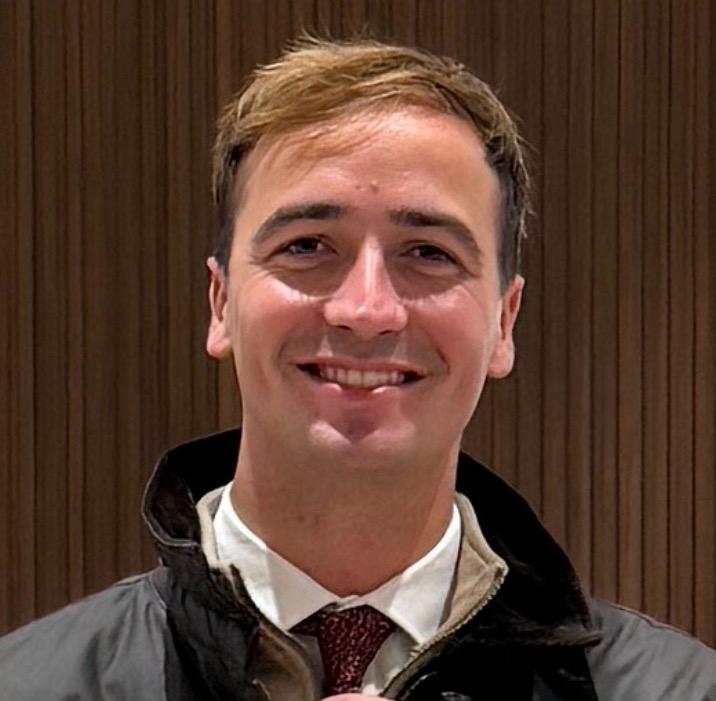
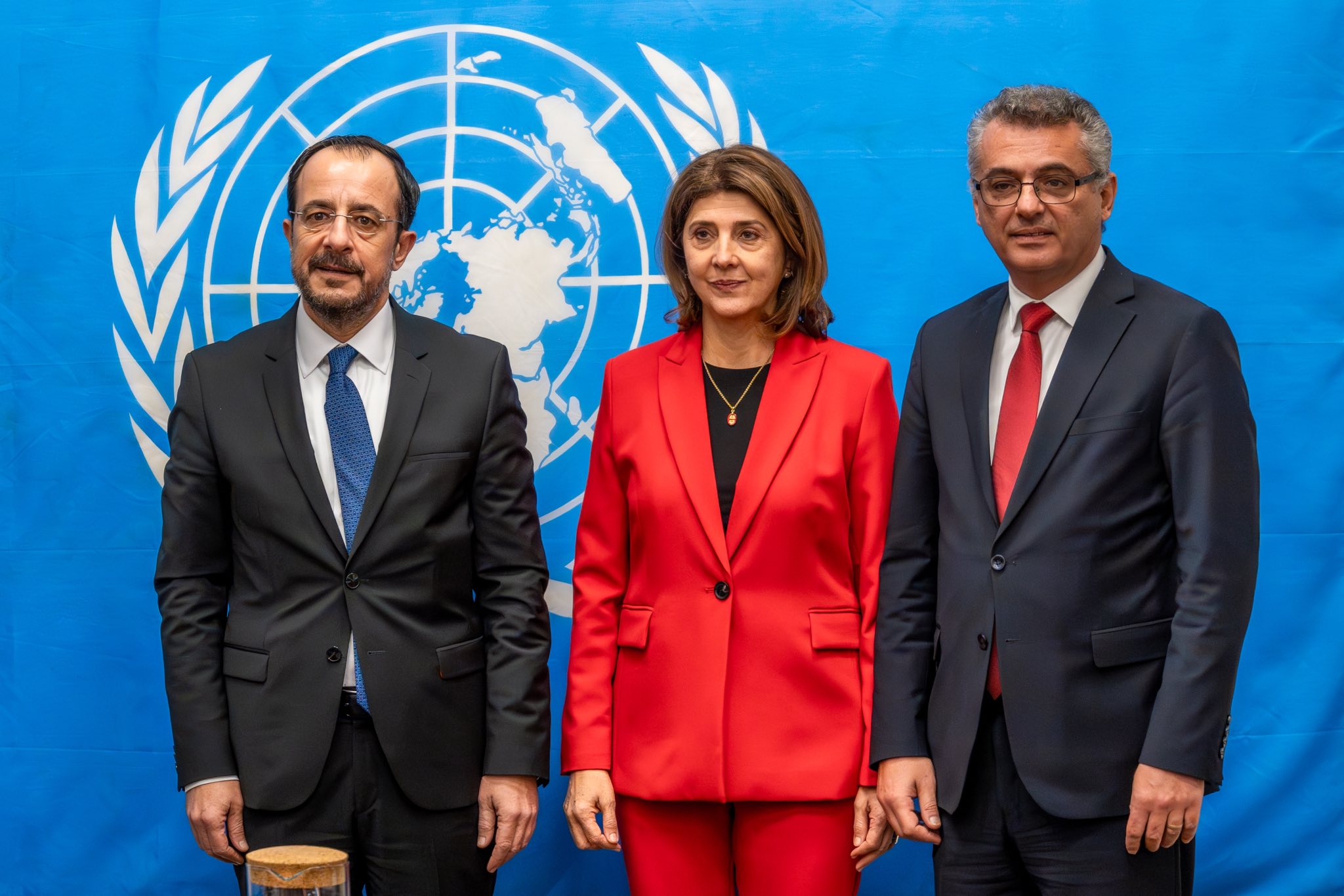
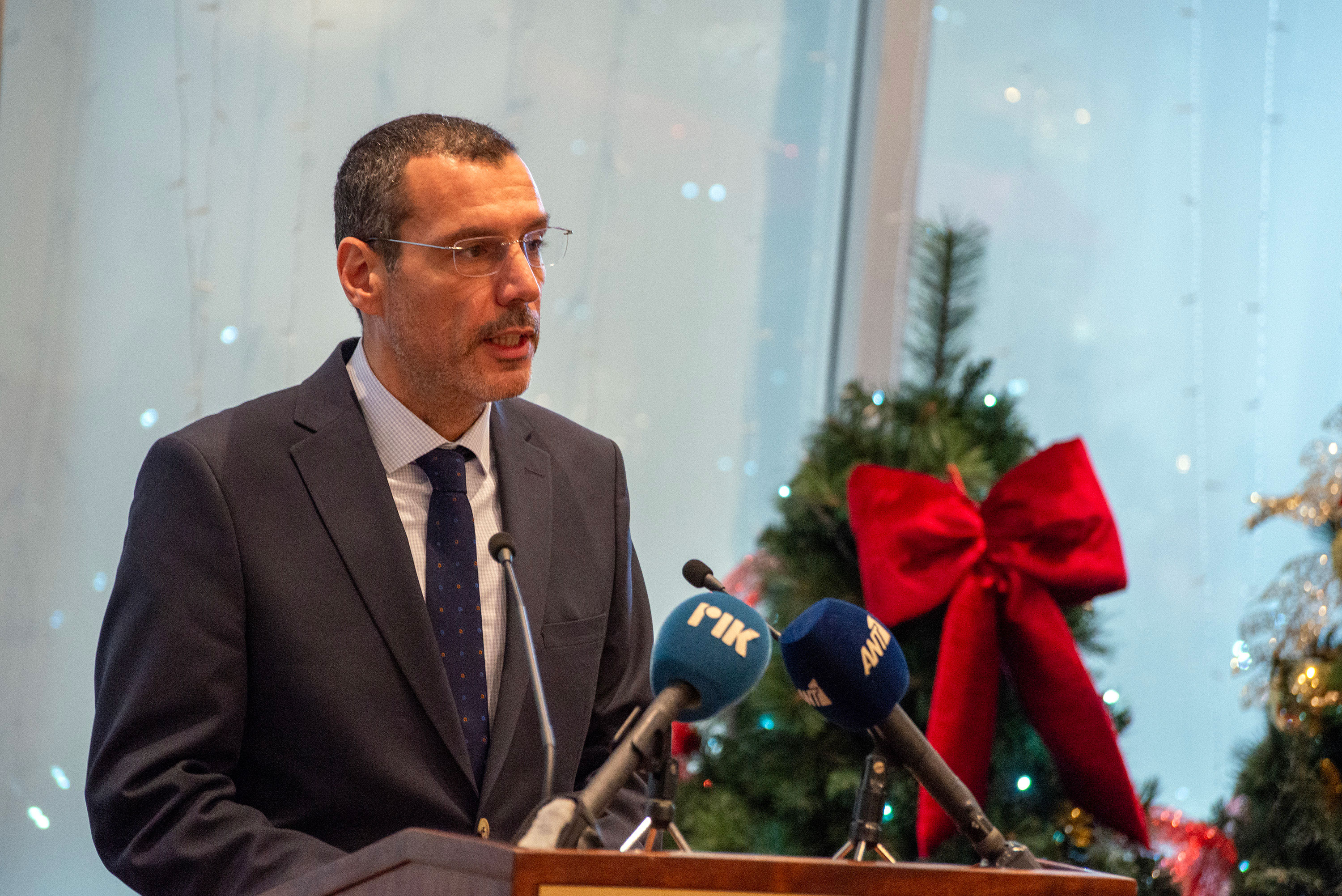
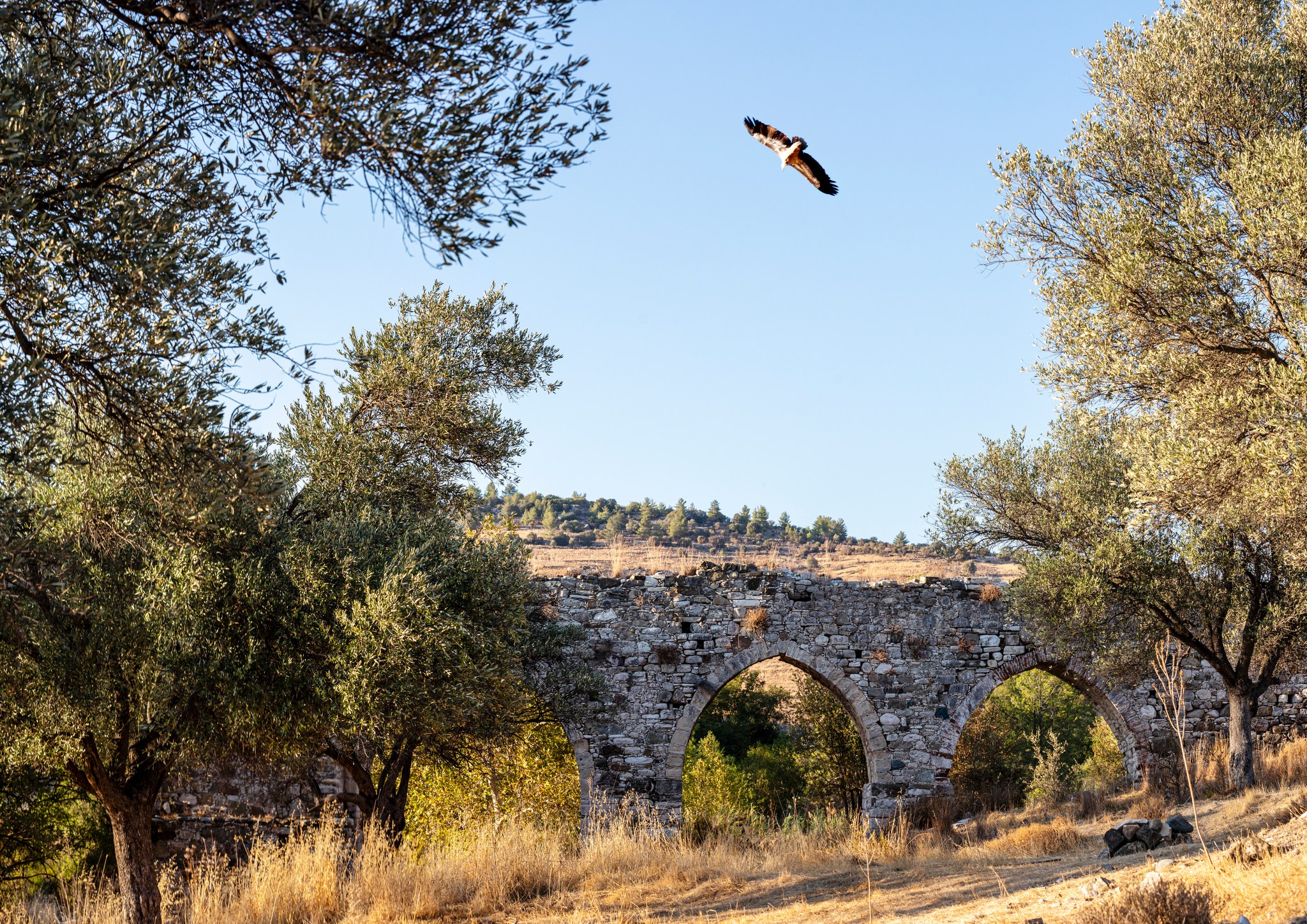
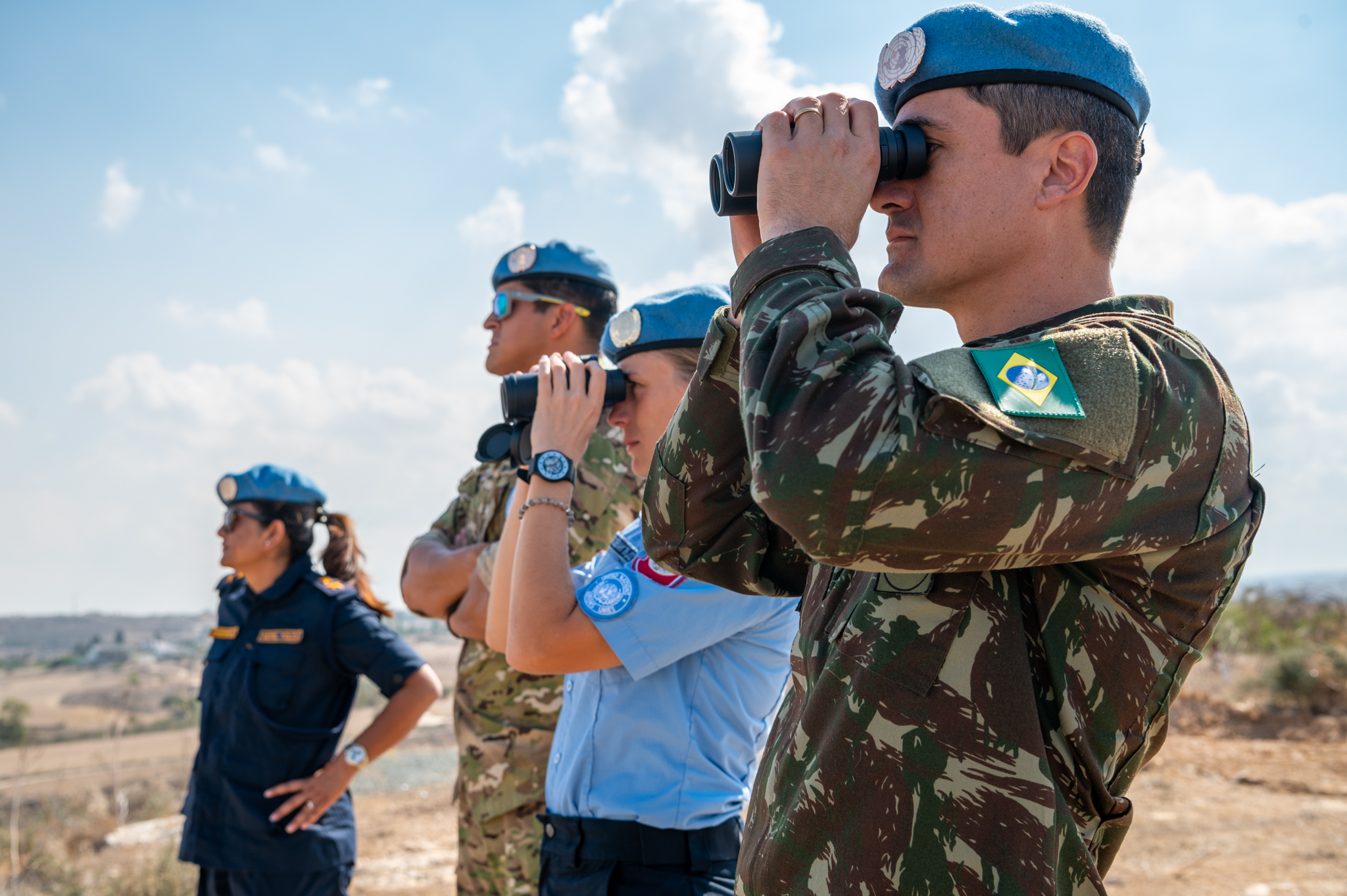
Click here to change your cookie preferences